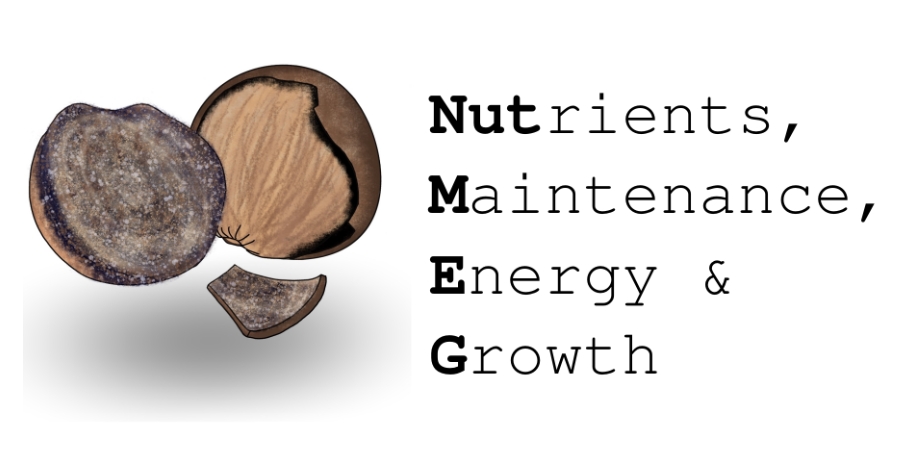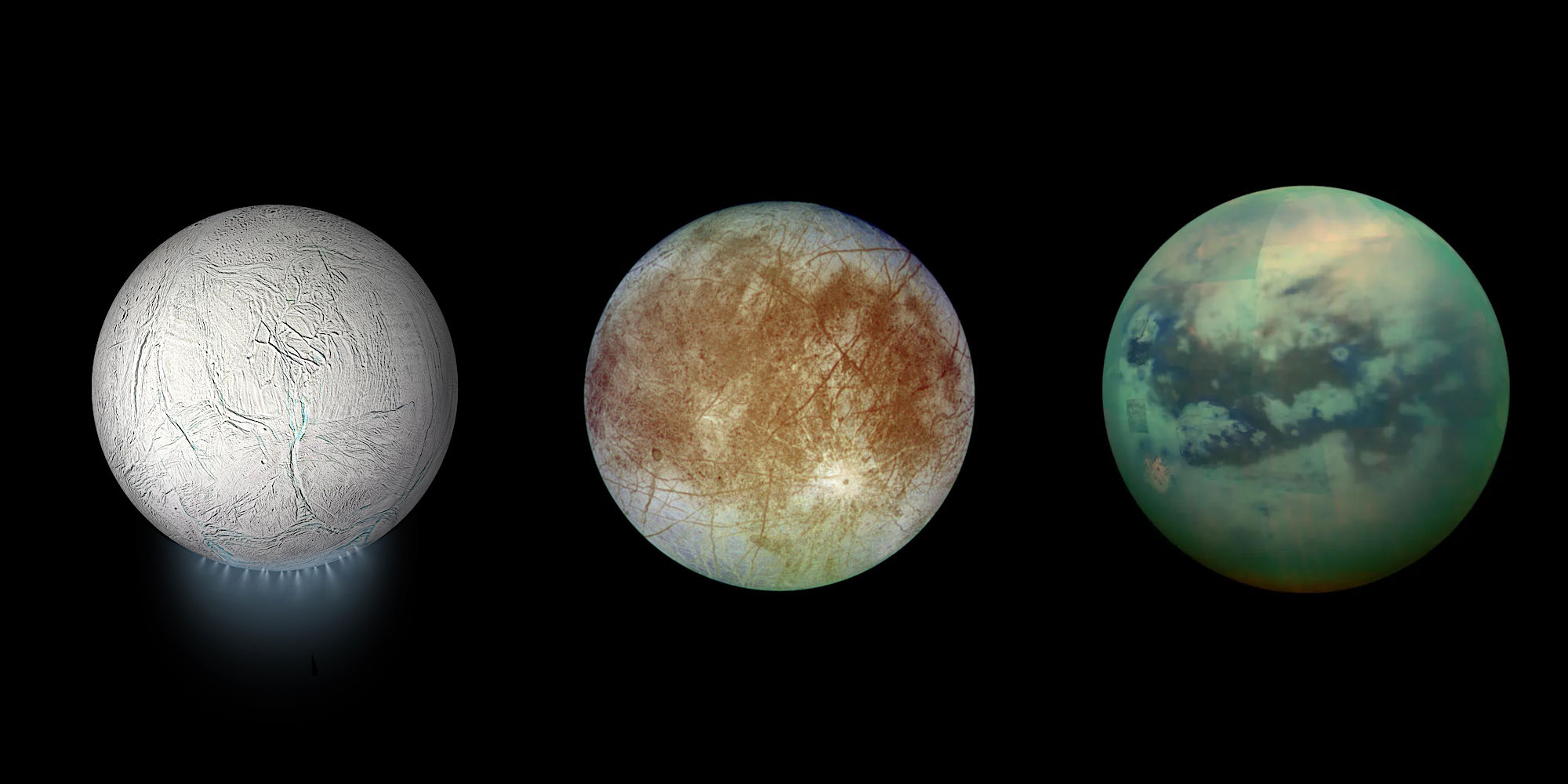Peter M. Higgins
Astrobiologist, University of Toronto, Canada
I'm a Postdoctoral Fellow in the Stable Isotope Lab at the University of Toronto. I examine how thermodynamic principles control whether or not life can survive, grow and/or evolve in various physico-chemical settings. To do so, I develop and employ computational models which: i) assess dynamic habitability, ii) constrain possible biomass levels, and iii) estimate biosignature production and detectability against an abiotic background. The universal nature of these laws allows us to examine environments throughout the cosmos, from deep earth through deep time, to the oceans of icy moons in the outer solar system, and even exoplanets around distant stars.
Postdoc: University of Toronto 2022-
PhD: Astrobiology, University of Edinburgh 2022
MSci: Natural Sciences, Lancaster University 2017

Projects
These are my current research interests. Contact me if you are interested in collaborating or taking on a student project in one of these areas!
Publications and Presentations
Publications
Sorted by most recent; several more in review! Last citations scrape: April 11 2024| Reference | Open Access? | Metrics |
|---|---|---|
| Sherwood Lollar B.S., Warr O., Higgins P.M. (2024) "The Hidden Hydrogeosphere: The Contribution of Deep Groundwater to the Planetary Water Cycle" Annual Review of Earth and Planetary Sciences 52 DOI: 10.1146/annurev-earth-040722-102252 | TBC (est. May 2024) | |
| Higgins P.M., Chen W., Glein C.R., Cockell C.S., Sherwood Lollar B. (2024) "Quantifying Uncertainty in Sustainable Biomass and Production of Biotic Carbon in Enceladus' Notional Methanogenic Biosphere" JGR: Planets 129 (3) e2023JE008166 DOI: 10.1029/2023JE008166 | Publisher | |
| Ortega-Arzola E., Higgins P.M., Cockell C.S. (2024) "The minimum energy required to build a cell" Scientific Reports 14 5267 DOI: 10.1038/s41598-024-54303-6 | Publisher | |
| Neish C., Malaska M.J., Sotin C., Lopes R.M., Nixon C.A., Affholder A., Chatain A., Cockell C., Farnsworth K.K., Higgins P.M., Miller K.E and Soderlund K.M. (2024) "Organic Input to Titan's Subsurface Ocean Through Impact Cratering" Astrobiology 20 (2) 177-189 DOI: 10.1089/ast.2023.0055 | ResearchGate |
1 |
| Cockell C.S., Simons M., Castillo-Rogez J., Higgins P.M., Kaltenegger L., Keane J.T., Leonard E.J., Mitchell K.L., Park R.S., Perl S.M., Vance S.D. (2024) "Sustained and comparative habitability beyond Earth" Nature Astronomy 8 30-38 DOI: 10.1038/s41550-023-02158-8 | Caltech |
2 |
| Seeburger R., Higgins P.M., Whiteford N.P., Cockell C.S. (2023) "Linking Methanogenesis in Low-Temperature Hydrothermal Vent Systems to Planetary Spectra: Methane Biosignatures on an Archean-Earth-like Exoplanet" Astrobiology 23 (4) 415-430 DOI: 10.1089/ast.2022.0127 | Publisher |
1 |
| Higgins P.M. (2022) "Modelling extraterrestrial habitability, biomass and biosignatures through the bioenergetic lens" The University of Edinburgh DOI: 10.7488/era/2078 | ERA |
2 |
| Higgins P.M., Glein C.R., Cockell C.S. (2021) "Instantaneous habitable windows in the parameter space of Enceladus' ocean" JGR: Planets 126 (11) e2021JE006951 DOI: 10.1029/2021JE006951 | Publisher |
12 |
| Cockell C.S., Higgins P.M., Johnstone A.A. (2021) "Biologically available chemical energy in the temperate but uninhabitable Venusian cloud layer: What do we want to know?" Astrobiology 21 (10) 1224-1236 DOI: 10.1089/ast.2020.2280 | ResearchGate |
13 |
| Cockell C.S., Wordsworth R., Whiteford N.P., Higgins P.M. (2021) "Minimum units of habitability and their abundance in the universe" Astrobiology 21 (4) 481-489 DOI: 10.1089/ast.2020.2350 | ResearchGate |
13 |
| Gault S.A, Higgins P.M., Cockell C.S., Gillies K. (2021) "A meta-analysis of the activity, stability, and mutational characteristics of temperature-adapted enzymes" Bioscience Reports 41 (4) BSR20210336 DOI: 10.1042/BSR20210336 | Publisher |
9 |
| Higgins P.M. & Cockell C.S. (2020) "A bioenergetic model to predict habitability, biomass and biosignatures in astrobiology and extreme conditions" J. R. Soc. Interface 17 (171) 20200588 DOI: 10.1098/rsif.2020.0588 | Publisher |
10 |
Presentations
Only includes presentation with Pete as first author- AGU Fall Meeting (2023), Oral Presentation: "Uncertainty in Habitability and Sustainable Biomass for a Hypothetical Methanogenic Biosphere on Enceladus".
- CIFAR Earth-4D Program Meeting (2023), Poster Presentation: "Probabilistic Habitability Near and Far".
- Royal Observatory of Edinburgh Colloquium (2020), Invited Seminar: "Predicting Energy Flow and Biomass in Extreme and Extraterrestrial Environments".
- AGU Fall Meeting (2020), Poster Presentation: “Nutrients, Maintenance, Energy and Growth: predicting habitability, biomass and biosignatures from limited datasets”.
- AbSciCon (2019), Oral Presentation: “The Energetic Habitability of Enceladus may be Tenuous”.
- ASB (2019), Oral Presentation: “The Energetic Habitability of Enceladus may be Tenuous”.
- LPSC (2019), ePoster Presentation: “A Power Driven Model for Predicting Microbial Growth in Poorly Characterised Environments”.
- EANA (2018), Poster Presentation: “A new model to estimate energy flow and biomass in terrestrial and extraterrestrial environments”.
- EANA (2018), Oral Presentation: “A new model to estimate energy flow and biomass in terrestrial and extraterrestrial environments”
Won student contest 2018 for best talk. - GMBN RiP (2018), Poster Presentation: “A new model to estimate energy flow and biomass in terrestrial and extraterrestrial environments”.





